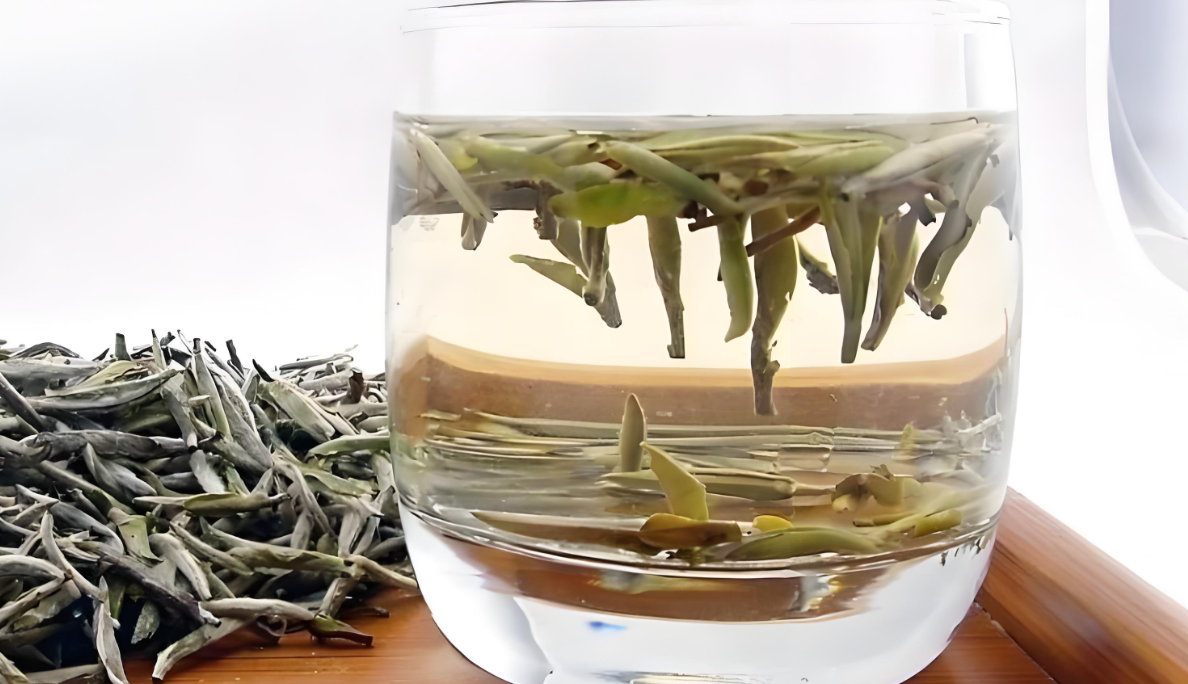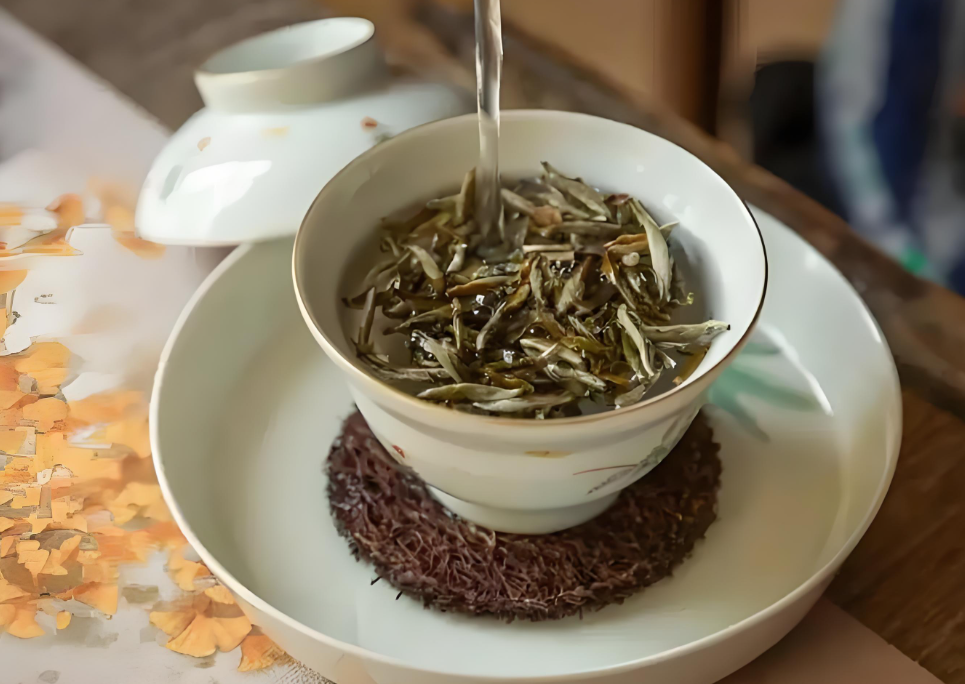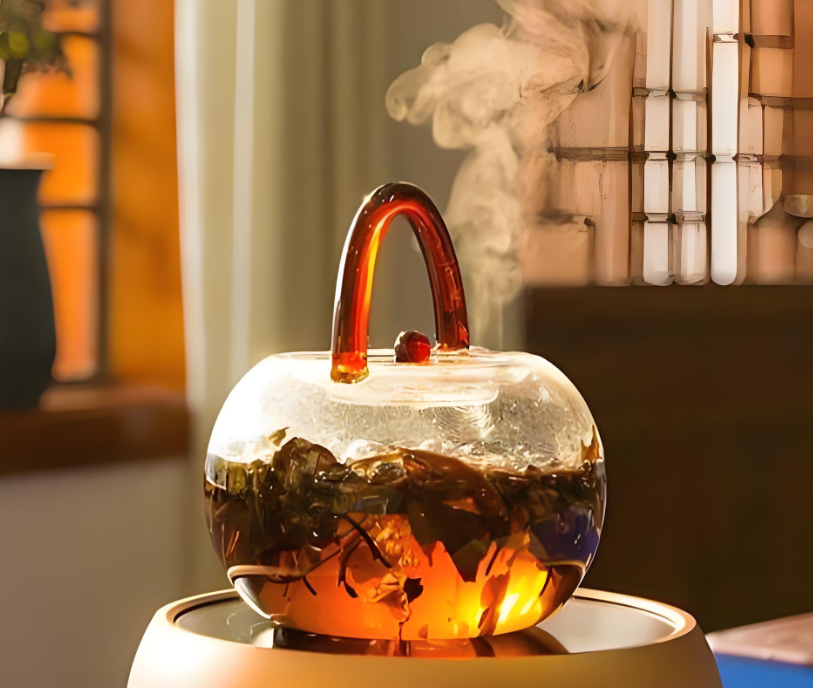Do you know Chinese white tea?
In today’s fast-paced world, white tea stands out as one of nature’s most delicate treasures—a drink that not only soothes the body but also nourishes the soul. In this guide, we’ll explore everything you need to know about brewing white tea properly. Whether you’re a beginner or a seasoned tea lover, this in-depth resource will help you unlock the full flavor and health benefits of this ancient Chinese tea.
White tea has steadily gained popularity in modern wellness culture. Characterized by its subtle, ethereal flavor and naturally high levels of antioxidants, white tea is known for its minimal processing and delicate brewing process. Unlike green or black tea, white tea is made from the youngest leaves and unopened buds of the Camellia sinensis plant, which are simply withered and dried. In this article, we explore its history, varieties, health benefits, and most importantly, how to brew it so that every cup brings out the tea’s best qualities.
What Is White Tea?
White tea is often described as the purest form of tea. Its gentle processing—without rolling or oxidation—ensures that the natural flavors and nutrients of the tea leaves are preserved. The production process involves:
- Harvesting: Only the youngest buds and leaves are carefully hand-plucked.
- Withering: The leaves are spread out to dry under natural sunlight or in a well-ventilated indoor space.
- Drying: Minimal heat is applied to stop further oxidation while locking in natural antioxidants.
This uncomplicated method gives white tea its distinct, light taste and aroma, which is why it has earned the nickname “the champagne of teas.

History and Cultural Significance
White tea traces its origins back to China’s Tang Dynasty (618–907 AD). Back then, it was highly prized and reserved for the imperial court. Legends speak of a Fujian farmer named Lan Gu, celebrated for using white tea to heal illnesses and earn the title “Goddess of White Tea.” Over the centuries, regions such as Fuding in Fujian perfected the sun-drying technique, a practice now recognized as part of UNESCO’s Intangible Cultural Heritage.
Varieties of White Tea
There are several types of white tea, each with unique characteristics:
- Silver Needle (Bai Hao Yinzhen): Made solely from pristine buds, this premium tea is known for its light, sweet flavor.
- White Peony (Bai Mu Dan): Combining buds with the first leaves, it offers a fuller body and floral aroma.
- Shou Mei: Harvested later, Shou Mei has a stronger taste and is more budget-friendly. For authentic explore our curated selection at the White Tea Collection.
Health Benefits and Modern Wellness
White tea is celebrated for its impressive health benefits. It contains a higher level of antioxidants—up to 30% more EGCG than green tea—which help neutralize harmful free radicals. Additional benefits include:
- Skin Protection: Its polyphenols aid in protecting collagen and promoting skin elasticity.
- Heart Health: Flavonoids in white tea help maintain healthy blood vessels and lower LDL cholesterol.
- Stress Relief: L-theanine supports a calm state of mind without inducing drowsiness. Modern wellness enthusiasts have embraced white tea for its ability to promote overall well-being in a natural, gentle way.
A Step-by-Step Guide to Brewing White Tea Perfect for Beginners

1. Brewing Baihao Yinzhen (Silver Needle)
Characteristics: Plump buds covered in silvery-white hairs, fresh and subtly sweet.
- Water Temperature: 85-90°C (for young tea) to 100°C (for aged tea over 5 years).
- Teaware: Glass cup or lidded gaiwan (ideal for observing the “silver needles dancing in water”).
- Pouring Method: Gently pour water along the vessel’s inner wall to avoid disturbing the buds and clouding the tea soup.
- Steeping Time:
- First 3 infusions: 10-15 seconds.
- Subsequent infusions: Increase by 5-10 seconds per brew.
- Can last over 10 infusions.
- Tip: Retain 1/3 of the tea soup before refilling water to maintain flavor consistency.
2. Brewing Bai Mudan (White Peony)
Characteristics: One bud with 1-2 leaves, balancing floral aromas and mellow richness.
- Water Temperature: 90-95°C (young tea) to 100°C (aged tea over 5 years).
- Teaware Recommendations:
- Lidded Gaiwan: Use 5g of tea for a 150ml gaiwan.
- First infusion: 15 seconds.
- Later infusions: Add 5 seconds per brew.
- Glass Teapot: Great for group sessions. Use a “circular pouring” technique to evenly soak the leaves.
- Lidded Gaiwan: Use 5g of tea for a 150ml gaiwan.
- Notes:
- Aged Bai Mudan cakes pair well with Yixing clay teapots (softens the tea’s texture).
- Older Bai Mudan can also be boiled for a deeper flavor.
3. Brewing Shou Mei/Gong Mei
Characteristics: Mature leaves with bold, earthy flavors; ideal for boiling.
- Standard Brewing:
- Water: 95-100°C.
- Tea-to-Water Ratio: 1:20 (e.g., 5g tea for 100ml water).
- Steeping Time: First 3 infusions (quick pours), later infusions (30+ seconds).
- Boiling Method:
- Cold Water Start: Add 5g tea to 500ml cold water. Bring to a boil, then simmer for 3 minutes (creates a rich, date-like aroma).
- Brew First, Boil Later: After 5-6 infusions in a gaiwan, transfer leaves to a pot with boiling water and simmer 1-2 minutes.
- Best For: Aged Shou Mei cakes (medicinal aroma) in autumn/winter.

4. Brewing Aged White Tea Cakes (3+ Years)
Characteristics: Develops notes of dried dates and herbs; highly resilient to multiple infusions.
- Yixing Clay Teapot Method:
- Capacity: 200ml teapot with 7-10g tea.
- Steps:
- Preheat the pot with boiling water.
- Quickly rinse leaves twice.
- First infusion: 30 seconds. Increase steeping time by 10 seconds per brew.
- Traditional Simmering:
- Tea-to-Water Ratio: 1:150.
- Process: Place tea and cold water in a clay jar, then simmer in a larger pot for 10 minutes (enhances herbal depth).
5. Creative Brewing Methods
- Cold Brew:
- Recipe: 3g Bai Mudan or Silver Needle + 300ml mineral water. Refrigerate for 4 hours (crisp and naturally sweet).
- Easy Office Brew:
- Strainer Cup: Use 3-4g tea. Pour hot water, steep 10-30 seconds, then press the strainer to separate leaves.
General Principles
- Ratios:
- Gaiwan: 1g tea per 20ml water.
- Boiling: 1g tea per 150ml water.
- Cold Brew: 1g tea per 100ml water.
- Water Quality: Soft water (e.g., spring water) preserves clarity and flavor.
- Awakening Tea: Rinse aged tea leaves 1-2 times with boiling water to “awaken” their essence.
Final Tip: Experiment with different methods to discover your preferred flavor profile. Adjust based on the tea’s age, type, and personal taste!
Brewing white tea is both an art and a science, requiring minimal effort yet yielding a remarkable depth of flavor and health benefits. By understanding the importance of water temperature, tea-to-water ratio, and steeping time, you can unlock the full potential of white tea with every cup. Whether you prefer the ritual of the traditional Gongfu method or seek a quick modern brew, embracing these techniques will enrich your tea experience and support a modern wellness lifestyle.
Ready to embark on your white tea journey? Visit our White Tea Collection at TanbiWencha for authentic, high-quality products. Elevate your daily ritual and enjoy nature’s delicate gift—sip by sip.
For more expert tips, tea recipes, and wellness guides, subscribe to our newsletter and join the growing community of tea enthusiasts dedicated to exploring the full spectrum of Chinese tea culture.
- Chinese Kung Fu Tea
- Chinese Tea Ceremony
- Chinese Tea Culture and History
- Chinese Tea Knowledge
- Health Benefits of Chinese Tea
- How to Brew Chinese Tea
- Tea Learning
- Types of Chinese Tea
- Types of Chinese Tea Sets
Aged Dark Tea aged pu erh tea Aged Tea Baihao Yinzhen benefits of white tea Blacktea black tea black tea benefits Chinese black tea Chinese Dark Tea Chinese Oolong Tea Chinese Pu Erh Tea Chinese tea Chinese tea culture chinese tea from china chinese tea in chinese Chinese white tea dark tea Fuding White Tea green tea how to brew white tea liubao tea oolong oolong tea Premium Loose‑Leaf Tea Pu Erh Tea puer tea pu er tea ripe pu erh tea Rock Tea Silver Needle silver needle white tea tea tea chinese tea White Peony tea (Bai Mudan) white tea white tea shot white tea shots wulong wulong tea Wuyi Rock Oolong Tea Wuyi Rock Tea wu yi tea Yunnan Pu Erh Tea Is Pu-erh Tea a Black Tea



